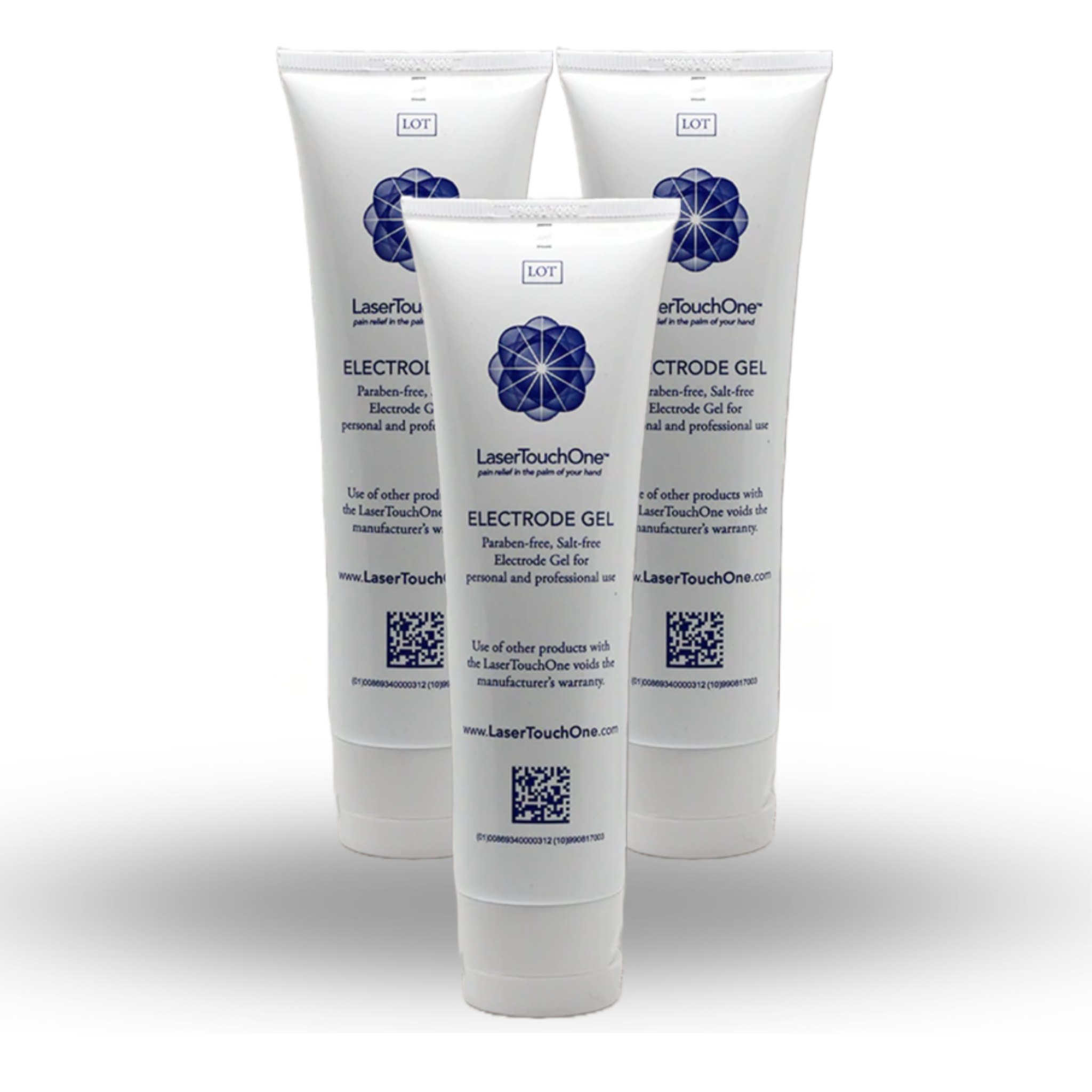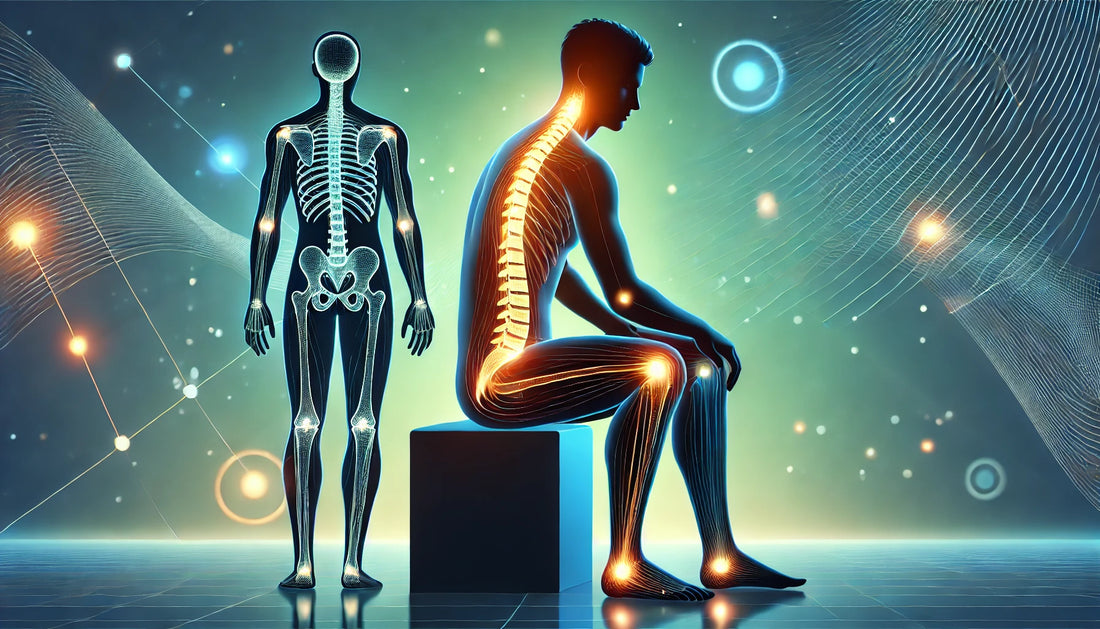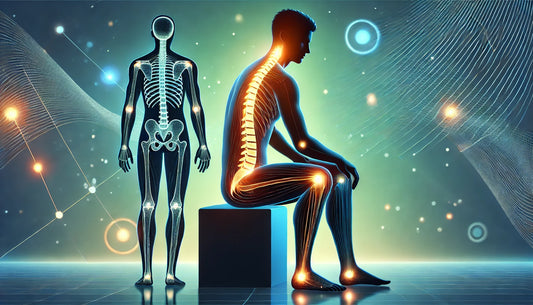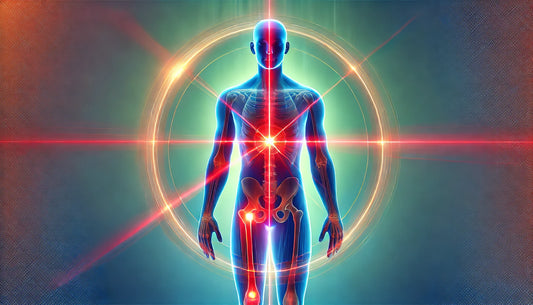Good posture and ergonomics play a vital role in preventing and managing pain. Whether you’re sitting at a desk, standing for long hours, or lifting heavy objects, poor posture and improper ergonomics can lead to discomfort, chronic pain, and even injury. Understanding the connection between posture, ergonomics, and pain is the first step toward improving your overall well-being.
What is Posture, and Why Does it Matter?
Posture refers to how your body aligns when standing, sitting, or lying down. Good posture ensures that your body’s weight is evenly distributed across muscles, joints, and ligaments, minimizing strain and supporting efficient movement.
Effects of Poor Posture:
- Muscle fatigue
- Joint strain
- Spinal misalignment
- Increased risk of chronic conditions like back pain and neck tension
Common posture issues, such as slouching or forward head posture, can exacerbate pain over time, particularly in the lower back, shoulders, and neck.
What Are Ergonomics?
Ergonomics involves designing your environment to support optimal posture and movement. It ensures that your workstation, tools, and daily activities align with your body’s natural mechanics, reducing strain and preventing injury.
Examples of Poor Ergonomics:
- A desk setup that causes you to hunch over a computer
- A chair that doesn’t provide proper lumbar support
- Repeated awkward movements, like twisting or reaching
How Poor Posture and Ergonomics Lead to Pain
Chronic Back Pain
Slouching compresses the spine and strains the lower back muscles, leading to chronic discomfort. Ergonomically incorrect chairs or standing positions exacerbate this problem.
Neck and Shoulder Tension
Forward head posture, common with excessive phone or computer use, strains the neck and upper back. Unsupported arms while typing or using a mouse can lead to shoulder pain.
Wrist and Hand Pain
Improper desk setups and repetitive tasks can lead to carpal tunnel syndrome or general wrist pain.
Hip and Knee Issues
Poor alignment while standing or sitting can strain the hips and knees, leading to joint pain over time.
Tips for Improving Posture and Ergonomics
Workstation Setup
- Monitor Placement: Keep your screen at eye level to avoid neck strain.
- Keyboard and Mouse: Position these tools so your elbows form a 90-degree angle.
- Chair Support: Choose a chair with proper lumbar support and adjust the height so your feet rest flat on the floor.
Practice Good Posture
- Standing: Keep your shoulders back, chin parallel to the ground, and weight evenly distributed across both feet.
- Sitting: Sit up straight, with your back fully supported and your knees at a 90-degree angle.
Incorporate Movement
- Take short breaks every 30 minutes to stand, stretch, or walk around.
- Rotate tasks to avoid repetitive movements.
Supportive Tools
- Use ergonomic tools like footrests, standing desks, or wrist supports.
- For smartphone use, hold the device at eye level to reduce neck strain.
How Cold Laser Therapy Can Complement Posture Improvements
Even with perfect posture and ergonomics, muscle strain and joint discomfort can still occur. This is where cold laser therapy can help.
Relax Tight Muscles
By targeting areas of tension, cold laser therapy can help reduce inflammation and promote relaxation.
Alleviate Pain
It may help relieve discomfort caused by overuse or improper posture, offering a non-invasive way to manage pain.
Support Recovery
Combining cold laser therapy with improved ergonomics creates a comprehensive approach to reducing pain and preventing recurrence. LaserTouchOne provides an FDA-cleared, at-home cold laser therapy solution that can easily integrate into your pain management routine.
Building a Pain-Free Lifestyle
Good posture and proper ergonomics are not just about pain prevention—they’re about building a foundation for long-term health and comfort. By taking small, consistent steps to improve your alignment and environment, you can significantly reduce pain and enhance your quality of life.
If you’re ready to explore a convenient, drug-free option for pain management, consider trying LaserTouchOne. This FDA-cleared, at-home cold laser therapy device may help you manage pain naturally. To learn more about how LaserTouchOne could fit into your pain management plan, contact us today or browse our website for additional resources and information.






